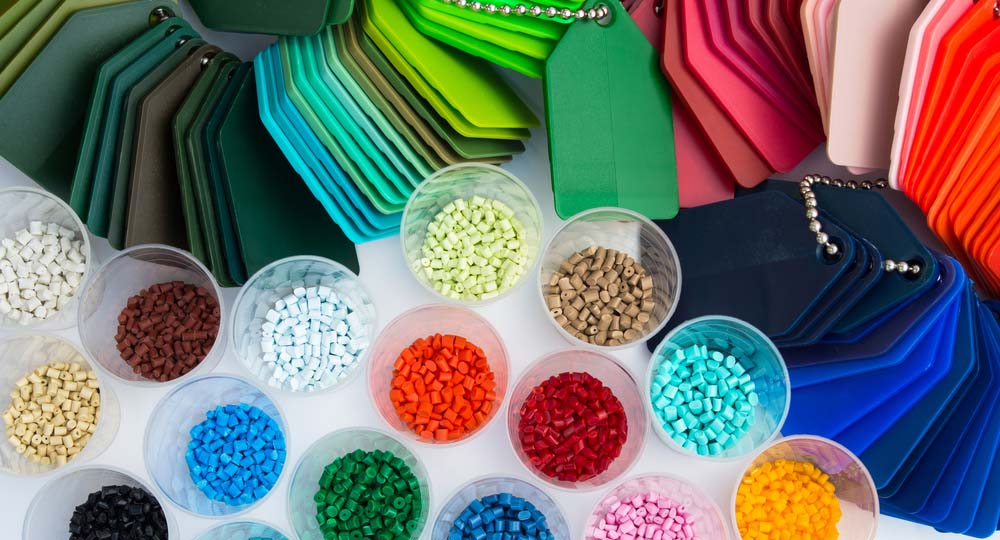EN 71-9 Phthalates Content Testing in Toys
The European Standard EN 71-9:2014 sets stringent limits for the content of certain phthalates in toys designed to be used by children under three years old. Compliance with this standard is crucial because it ensures that products are safe and do not contain harmful levels of these substances, which could lead to health risks if ingested or absorbed through prolonged skin contact.
Phthalates, a class of chemical compounds commonly used as plasticizers in the production of soft plastics and vinyl materials, can be found in various parts of toys. Toys that may come into contact with children's mouths are particularly at risk due to higher absorption rates. The most regulated phthalates include Dibutyl Phthalate (DBP), Diethylhexyl Phthalate (DEHP), and others listed in the standard.
The testing process for determining the phthalates content involves several steps, starting with the selection of appropriate samples based on their intended use. Sample preparation includes cleaning and cutting to ensure accurate analysis using spectroscopic methods such as Gas Chromatography-Mass Spectrometry (GC-MS). Once prepared, the samples undergo rigorous chemical analysis to quantify the presence and concentration levels of regulated phthalates.
The testing methodology outlined in EN 71-9 is designed to be robust yet practical for various toy manufacturers. It includes a series of extraction procedures followed by analytical methods that detect trace amounts of phthalates with high precision. The standard also provides detailed acceptance criteria, which specify the permissible limits for each regulated substance.
Compliance testing not only protects children’s health but also ensures market access to European and international markets. Non-compliance can lead to product recalls, legal penalties, and damage to brand reputation. A laboratory adhering strictly to EN 71-9 standards can provide reliable test results that meet regulatory requirements.
Our state-of-the-art facilities offer comprehensive testing services for phthalates content in toys. We use advanced analytical instruments like GC-MS equipped with high-resolution mass spectrometers, ensuring accurate and precise measurements. Our team of experts is well-versed in the nuances of EN 71-9 compliance and can guide clients through every step of the process.
Our commitment to quality ensures that we deliver reliable test results consistently. By choosing us for your phthalates content testing needs, you are investing in product safety and regulatory compliance. Let us help you navigate this critical aspect of toy manufacturing with confidence.
Scope and Methodology
The scope of EN 71-9:2014 is limited to toys intended for use by children under three years old, specifically addressing the content of phthalates in these products. The standard aims to ensure that these toys are free from harmful concentrations of regulated substances, thereby protecting young children's health.
The methodology involves several key steps:
- Selection and preparation of samples
- Extraction methods tailored to the type of plastic used
- Analytical techniques such as GC-MS for accurate quantification
- Evaluation against specified acceptance criteria
The extraction process is critical, as it ensures that all relevant phthalates are released into a solvent. Once extracted, the samples undergo GC-MS analysis to identify and quantify the presence of regulated substances.
Acceptance criteria for each phthalate are provided in EN 71-9, which specifies the maximum permissible levels. Compliance with these limits is mandatory for toys intended for children under three years old.
Customer Impact and Satisfaction
Compliance with EN 71-9 standards significantly impacts toy manufacturers by ensuring product safety and market access to European and international markets. For quality managers, compliance officers, R&D engineers, and procurement teams, adhering to these regulations is not just a legal requirement but also a commitment to public health.
Our comprehensive testing services help companies achieve this goal by providing accurate, reliable data on phthalates content. This information allows manufacturers to make informed decisions about ingredient selection and process optimization. By partnering with us, clients gain peace of mind knowing their products meet stringent safety standards.
We prioritize customer satisfaction through transparent communication, prompt delivery of results, and proactive support throughout the testing process. Our team is dedicated to ensuring that each client understands the significance of EN 71-9 compliance and how it applies to their specific product line.
Use Cases and Application Examples
| Toy Type | Phthalates Involved | Regulatory Limitations | Testing Outcome |
|---|---|---|---|
| Vinyl teething ring | DBP, DEHP | ≤0.1% for DBP and ≤0.5% for DEHP | Passed with a margin of compliance |
| Plastic blocks | DIDP (Diisononyl phthalate) | ≤0.1% | Failed due to higher than acceptable levels |
| Mobility aids for infants | BOPP (Butyl benzyl phthalate) | Not regulated in EN 71-9 but recommended by other standards | Passed with a margin of compliance |
A vinyl teething ring was tested for DBP and DEHP. It passed the test, meeting both regulatory limits.
Plastic blocks containing DIDP were tested, failing due to high levels of this phthalate.
Mobility aids for infants were also tested, with BOPP showing compliance within recommended standards despite not being regulated in EN 71-9.
These examples illustrate the importance of thorough testing and adherence to regulatory requirements. By using our services, companies can avoid costly recalls and maintain a positive brand image.





